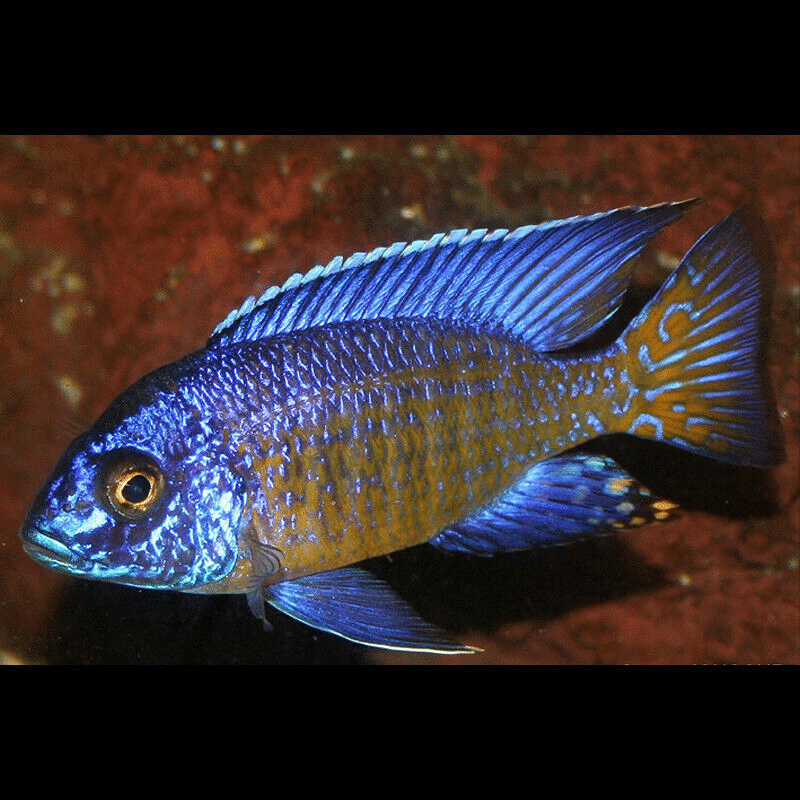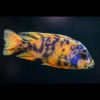To provide the best experiences, we use technologies like cookies to store and/or access device information. Consenting to these technologies will allow us to process data such as browsing behaviour or unique IDs on this site. Not consenting or withdrawing consent, may adversely affect certain features and functions.
The technical storage or access is strictly necessary for the legitimate purpose of enabling the use of a specific service explicitly requested by the subscriber or user, or for the sole purpose of carrying out the transmission of a communication over an electronic communications network.
The technical storage or access is necessary for the legitimate purpose of storing preferences that are not requested by the subscriber or user.
The technical storage or access that is used exclusively for statistical purposes.
The technical storage or access that is used exclusively for anonymous statistical purposes. Without a subpoena, voluntary compliance on the part of your Internet Service Provider, or additional records from a third party, information stored or retrieved for this purpose alone cannot usually be used to identify you.
The technical storage or access is required to create user profiles to send advertising, or to track the user on a website or across several websites for similar marketing purposes.
Assorted Colour Vampire Crab Geosesarma Sp 2-3Cm 1 × £8.71
Red Devil Vampire Crab - Geosesarma Hagen - Decapod Crustacean 1 × £8.71

 Assorted Colour Vampire Crab Geosesarma Sp 2-3Cm
Assorted Colour Vampire Crab Geosesarma Sp 2-3Cm  Red Devil Vampire Crab - Geosesarma Hagen - Decapod Crustacean
Red Devil Vampire Crab - Geosesarma Hagen - Decapod Crustacean 

















Emily Carter (verified owner) –
I recently added a Grant’s Flavescent Peacock Cichlid to my aquarium, and I couldn’t be happier! This Malawi cichlid is not only visually stunning with its vibrant yellow and blue hues, but it’s also quite the character. After about two months of observation, I’ve noticed how social and curious it is, often greeting me at the tank front, which really adds to the joy of keeping tropical fish.
I also appreciate that these cichlids are relatively peaceful compared to other Malawi cichlids, making them a great addition to my mixed-species tank. They thrive well at around 78-80°F, and I’ve ensured a balanced diet with high-quality pellets and occasional treats like brine shrimp.
One minor concern is that they can be territorial during breeding season, so I’d recommend having plenty of hiding spots and space for them to feel secure. Overall, if you’re looking for a beautiful and active fish that brings life to your aquarium, I highly recommend the Grant’s Flavescent Peacock Cichlid. It’s perfect for both seasoned aquarists and those new to the hobby, like my neighbor, who has now decided to get one after seeing mine!